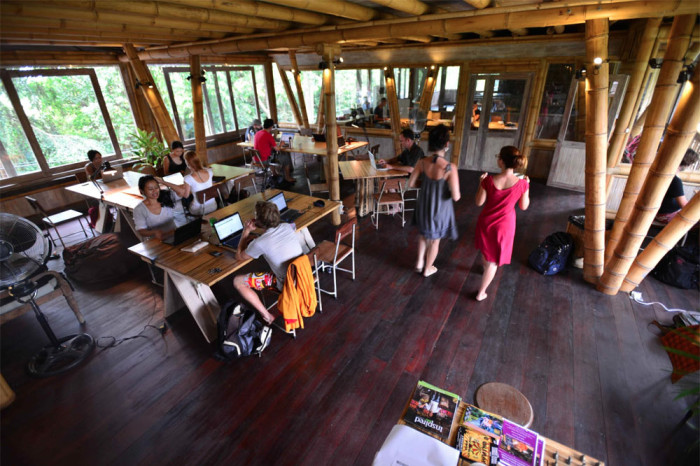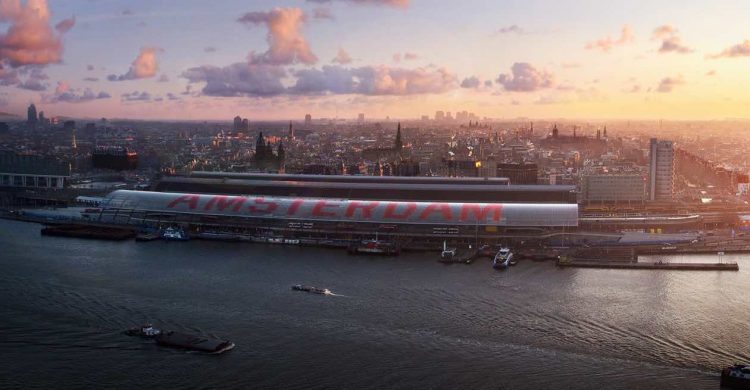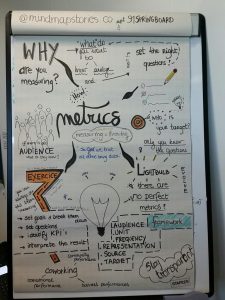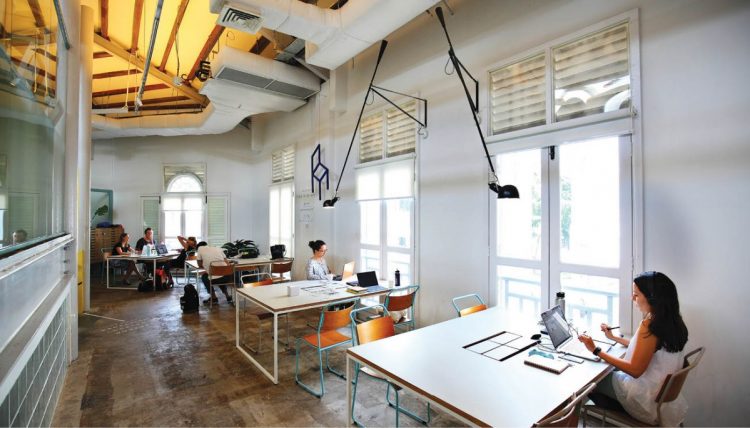In January 2015, the Hubud team created and hosted Coworking Unconference Asia, which had around 120 attendees from around Asia. During the last session at the event, the team asked the audience whether or not they should form an Asian Coworking Alliance. The simple question led to an impassioned discussion about the potential alliance, concluding with 3 coworking spaces offered to take the discussion forward. As many coworkers and space managers know, it’s difficult to get there types of projects off the ground, especially because they are often born from passion, not revenue.
Fast forward to the 2nd Coworking Unconference Asia in 2016, and the CU Asia team decided to get things off the ground and launched the Coworking Alliance somewhat unilaterally. In its first year, CAAP has 30 paying member spaces and has offered 17 webinars for coworking space owners and staff. We caught up with the co-founder of Hubud, Steve Munroe, to discuss the coworking scene in Asia and how the formation of a coworking alliance can help global coworking communities grow.
Coworking has grown exponentially in some parts of Asia. Is the model considered to be a viable option for corporate players and local freelancers?
On that same note, what role do you see coworking playing in the context of redefining “traditional” work culture in the region?

Steve Munroe, co-founde Hubud, Bali
Are corporate entities in the region embracing coworking?
Who are the most likely members to join coworking spaces in Asia?
What are the benefits of forming a coworking alliance?
In its first year, our focus was simple and modest. we aimed to create the kind of networking connections and peer-to-peer learning opportunities for coworking space operators in the same way that we do for our members. Therefore focus has been on hosting events, online webinars and just creating channels for us to communicate more frequently.
This year we are looking to move increasingly into collective negotiating, such as getting discounts from vendors that benefit both our members and/or their members. In addition to increasing beneficial relationships, we aim to focus on research and advocacy that will allow us to support operators looking to start discussions with their local governments/partners and approach regional bodies like ASEAN.
From your experience, what types of partnerships/collaborations have sparked from the alliance that would not have had otherwise?








 1. Determine the right metrics and indicators
1. Determine the right metrics and indicators We refer to those items around the regular day-to-day running of the coworking space : efficiency, smooth processes that continually improve with the help of reviewing relevant data…
We refer to those items around the regular day-to-day running of the coworking space : efficiency, smooth processes that continually improve with the help of reviewing relevant data…



Recent Comments